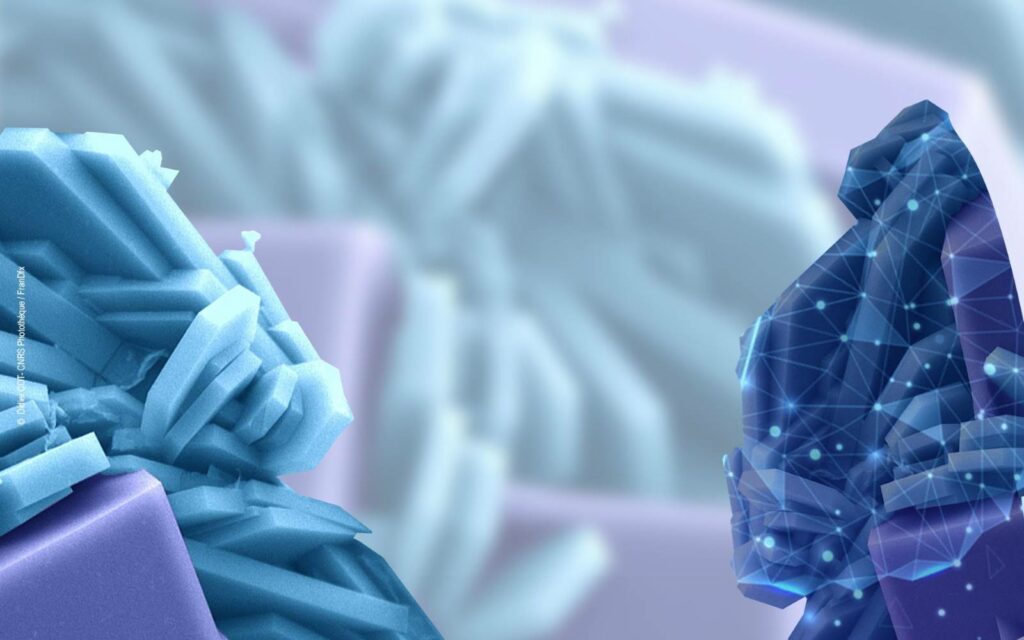
PHOTONIA : AI-based making of micro-photonics components by 3D laser printing
Pilote : Bruno BOUSQUET
CNRS
Keywords : Optical materials; 3D laser fabrication; Functionalized composite materials; Database; Learning; Micro-optics; Acceleration; Processes; Glasses materials; Equipex

This AI project in materials for photonics is in line with the societal challenges to be met, notably in the energy transition, the development of new technologies for the emergence of smart cities and industries 4.0, but also in the healthcare field for the emergence of sustainable solutions in areas such as water and food quality, safety, aging societies, public health and pandemics. For example, breakthroughs in biophotonics will lead to new, cost-effective methods for improving diagnosis and therapy, as well as personalized medicine. Photonics can also be applied to climatology, with LIDAR systems enabling early detection of extreme local events (thunderstorms, micro-storms, hail, etc.).
Last but not least, in the energy sector, we can mention the real-time and in operando monitoring of battery storage via networks of distributed optical micro-sensors. Unfortunately, however, the manufacture of micro-optical dielectric components cannot rely on the know-how gained from conventional optical methods. It relies on numerous steps upstream and downstream of the laser additive manufacturing process, and therefore on dozens of factors that can influence the final properties of the components.
The aim of the PHOTONIA project is to build artificial intelligence models capable of predicting, for each optical function specifically targeted, the best 3D laser manufacturing recipe, by optimizing these different stages. It goes without saying that the chosen manufacturing procedure must also guarantee a set of basic optical properties enabling each component manufactured in this way to qualify as “optical quality”. Aware of the difficulty of directly building an AI model capable of predicting manufacturing conditions corresponding to each targeted optical function, the consortium proposes to address this subject in an intermediate phase using an inverse approach. Initially, this involves considering the manufacturing parameters as input data for the AI model, and the optical properties/functions of a multi-material 3D printed component as output data. In practice, we propose first to fabricate and characterize dielectric material bricks with dimensions of the order of 100 to 500 micrometers in the three directions of space, in order to carry out the learning phase of the AI model and evaluate its performance. Next, we plan to fabricate – with the help of AI models – original optical components based on silica structures such as pillars, tubes, blades and tips, which can be single or multi-material, and perform optical sensor functions. Finally, we propose to assess the transferability of our methodology developed for silica to other types of glass and ceramics.
This project connects the manufacturing/characterization resources of the Equipex Add4P to the DIADEM platform hub, and is based on very close collaborations with the LIBELUL platform for high-throughput characterization and the DIAMOND platform for AI data and model management.
The prospects for this project extend far beyond materials for photonics. Indeed, our AI models are developed for two-photon printers and doped hybrid organic resins. However, organic tissue biosynthesis, for example, also uses doped hybrid resins and similar printers. Our AI strategy can therefore a priori be transferred to this new type of material, but also to other fields of application using polymer-based materials.